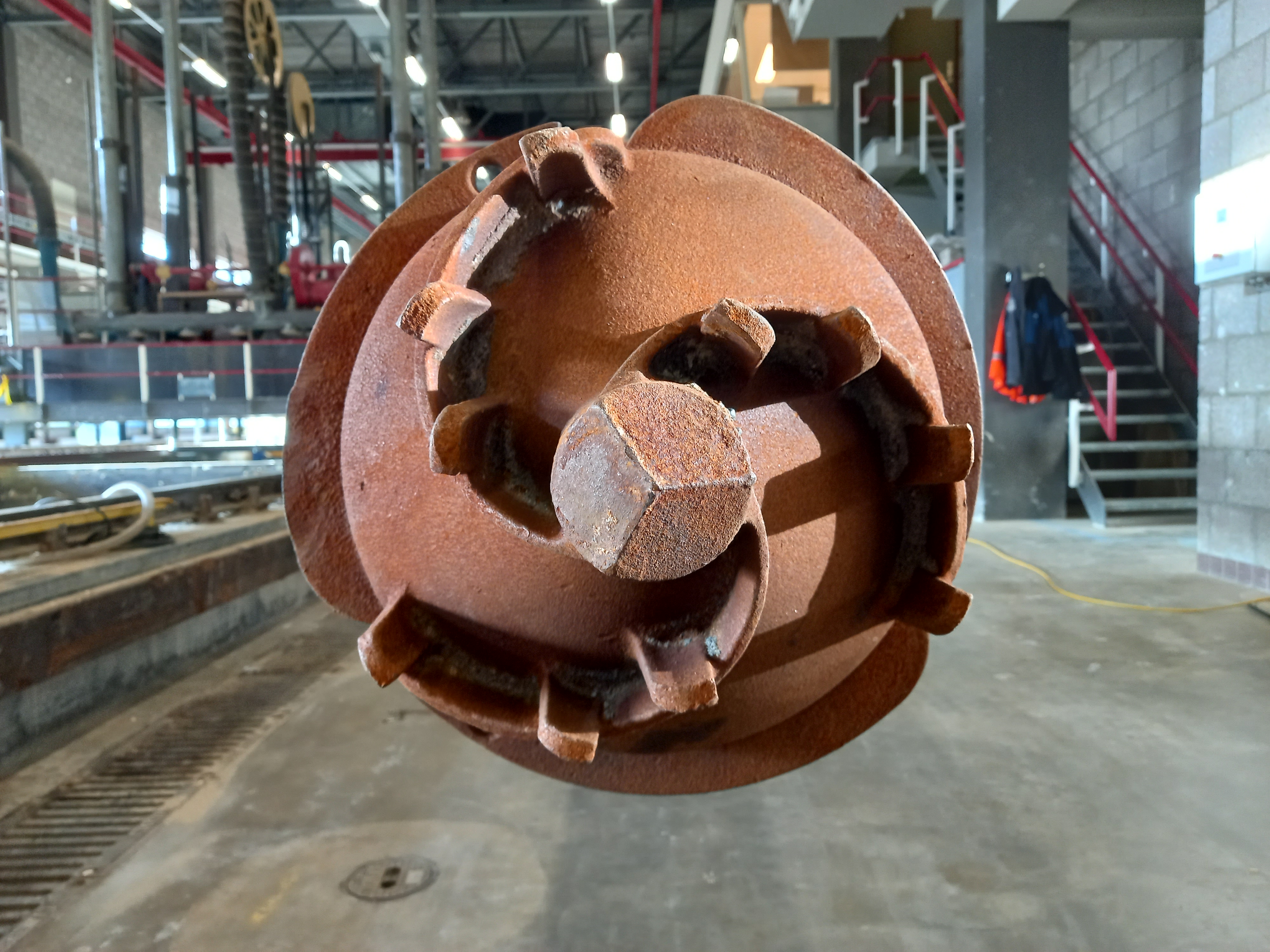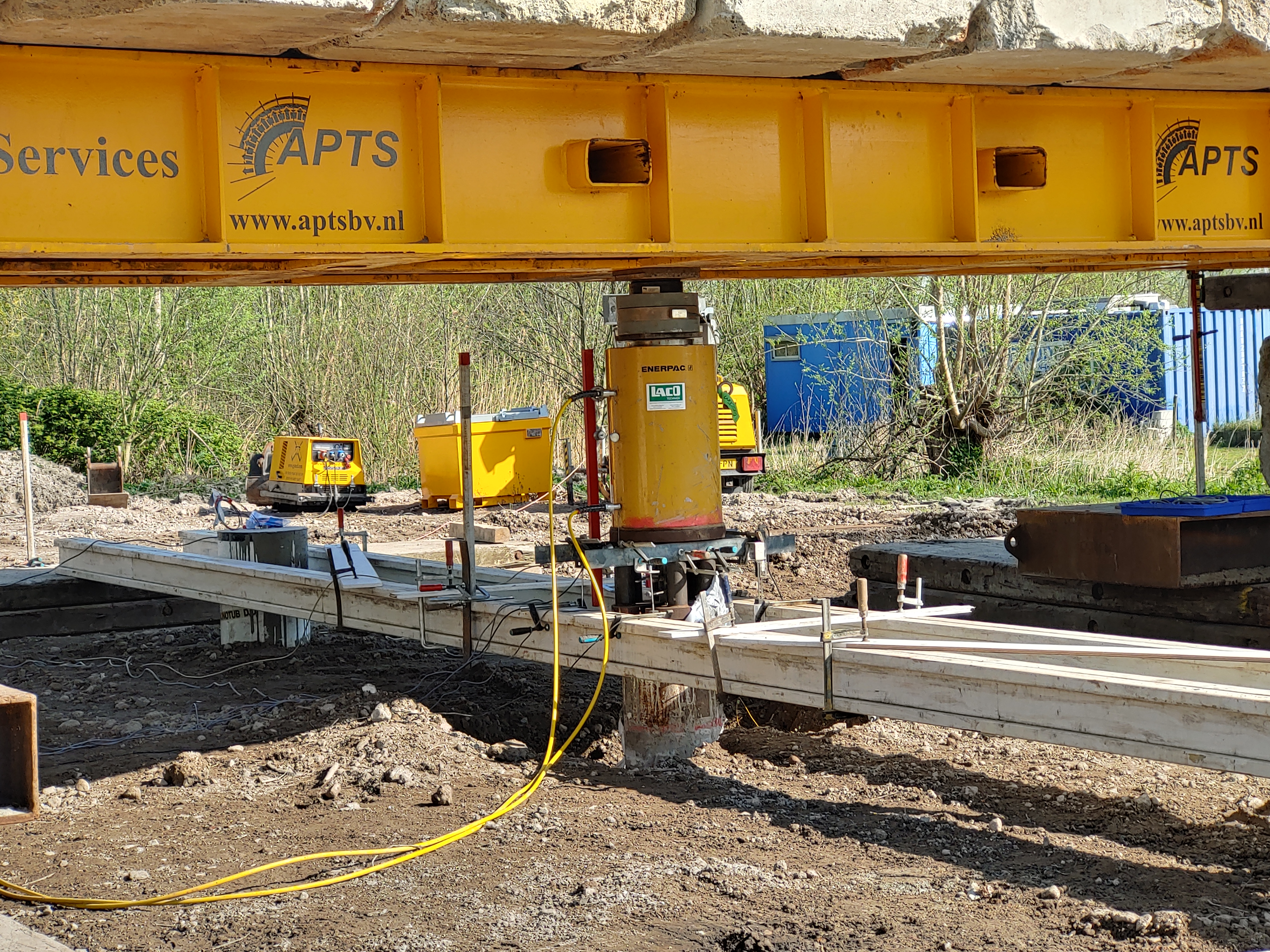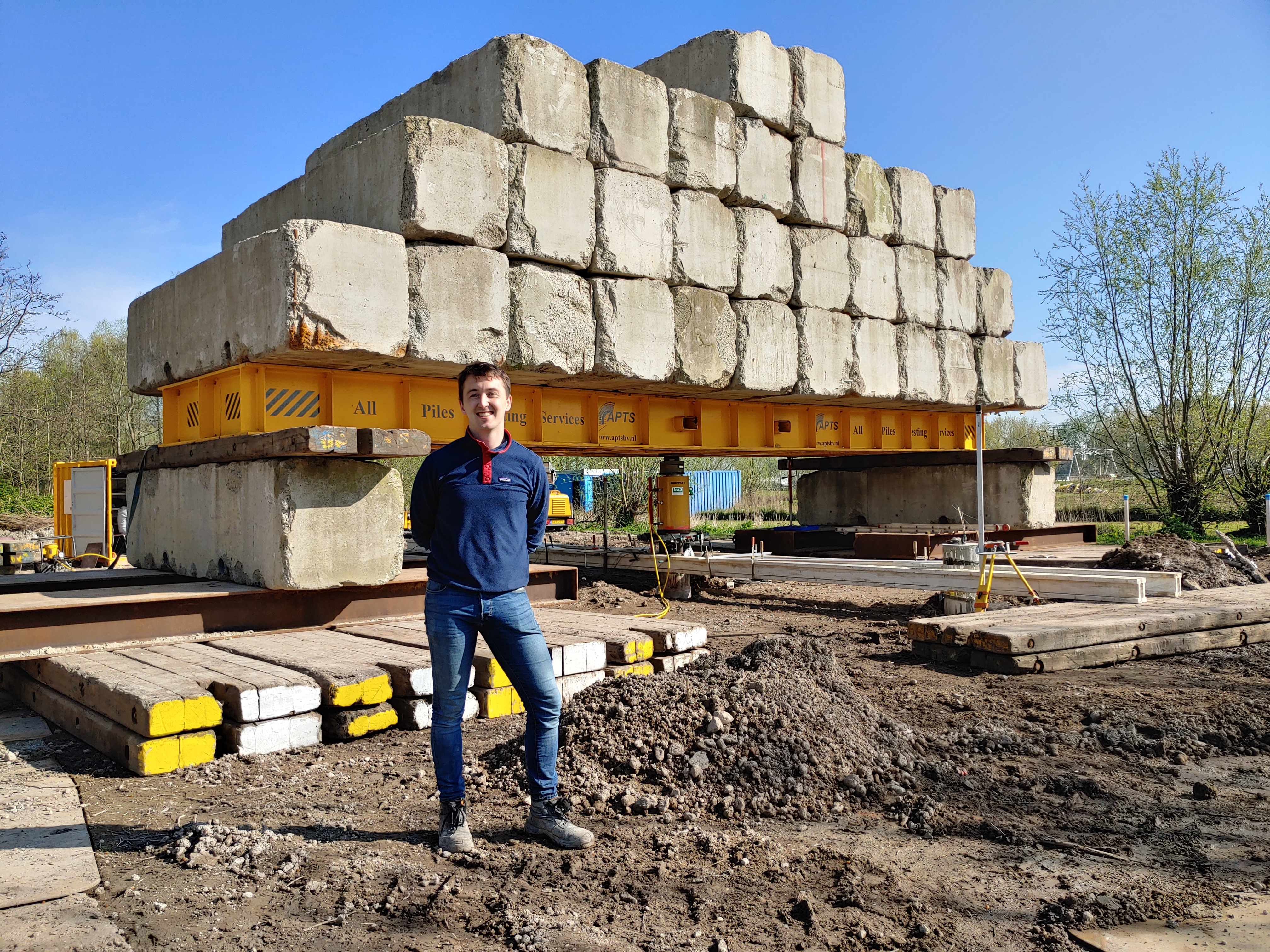Well-behaved piles
What happens to a foundation pile once it is in the ground? How much weight can a foundation pile sustain? And furthermore, what is the effect of the different soil layers on the pile? PhD Kevin Duffy is researching the behaviour of foundation piles in typical Dutch soil conditions. His goal? Not only to keep safety levels and standards high, but also to make a contribution towards reducing CO2 emissions associated with the production and installation of these piles. Earlier, fieldwork took place at the Port of Rotterdam Authority on the Second Maasvlakte (2019-2020) and at Deltares (2020-2021). In the spring of 2022, the third field test took place on the TU Delft Campus, sponsored by Rijkswaterstaat.
Peat, clay and sand
Almost all buildings in the Netherlands are built on piled foundations. Most of the country, especially the north and south of Holland, consists of very soft clay and peat in the upper soil layers and causes many problems for buildings and infrastructure, such as subsidence. Piles 'avoid' these soft clay or peat layers by transferring the load from the building through the soft layers and to a deeper and harder sand layer up to thirty metres below surface level. “We want to gain a better insight into how these piles behave, so we can develop a design standard that is safe but also environmentally and financially sustainable,” Duffy explains.
Screw injection piles
The field test on TU Delft Campus focuses on screw injection piles. Screw injection piles consist of a steel tube and a screw-shaped tip.
They are installed by screwing into the ground while a cement/water mixture is injected from the pile tip, acting as a lubricant and fluidisation medium. After installation, the tube is filled with concrete and can either be withdrawn or kept in the ground.
Pile tests are performed by placing a load on the pile in a controlled manner, similar to the loads expected in practice. To do so, a large frame with concrete blocks on top is used.
A hydraulic jack underneath the frame then pushes up against this heavy weight, but the essentially immovable frame resists this force and instead, the force gets transferred to the pile underneath.
During this process, the change in shape of the entire pile length is measured using fibre optic sensors to analyse its interaction with the surrounding soil layers. In addition, Duffy measures the change in load and the settlement of the pile using electronic sensors and levelling devices above ground. “The behaviour of the pile is affected by multiple things such as how the pile was installed, the depths of the different soil layers and their characteristics. Through these tests, I want to investigate these effects and the influence they can have on pile capacity.”
A Challenging puzzle
Duffy is currently analysing the results of the field tests at the Maasvlakte, Deltares and TU Delft Campus, performed on a range of different pile types. In addition, his colleague Dirk de Lange is performing small-scale laboratory tests in Deltares and TU Delft. All these tests are aimed at modifying the Dutch pile design standard NEN 9997-1 and to make a contribution on a global scale. Duffy wants to use the collected data to develop a better design standard for piles will make an important contribution to reducing CO2 emissions while maintaining a high level of safety. “Because if the piles are too big, we have to spend more money on materials, such as concrete and steel. This increases the amount of CO2 emissions (among others) associated with construction due to the manufacturing and transportation processes required to bring the concrete and steel to site. However striking a balance between safe and economical design makes it a challenging puzzle.”
The research is part of the InPAD project: Research on the Axial Capacity of Piles in Sand. The project is is a Top Knowledge Consortia (TKI) project and Rijkswaterstaat, Port of Rotterdam Authority, TU Delft, Deltares, Fugro and the Municipality of Rotterdam act as a project partners. The project consists of three parts: field testing (Kevin Duffy), laboratory modelling (Dirk de Lange - TU Delft/Deltares) and numerical modelling (Fei Chai - University of New South Wales, Australia).
About Kevin Duffy:
Started his PhD in October 2019 under the supervision of Professor Ken Gavin (promotor) and Associate Professor Mandy Korff (daily supervisor). Before that, he did his BSc and MSc in his home country in University College Dublin, Ireland, and came to the Netherlands immediately after. His previous work experience came from an offshore geotechnical background through work at Fugro (the Netherlands) and Per Aarsleff (Denmark). He is going to complete his PhD in October 2023.



